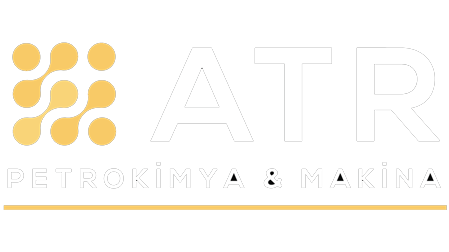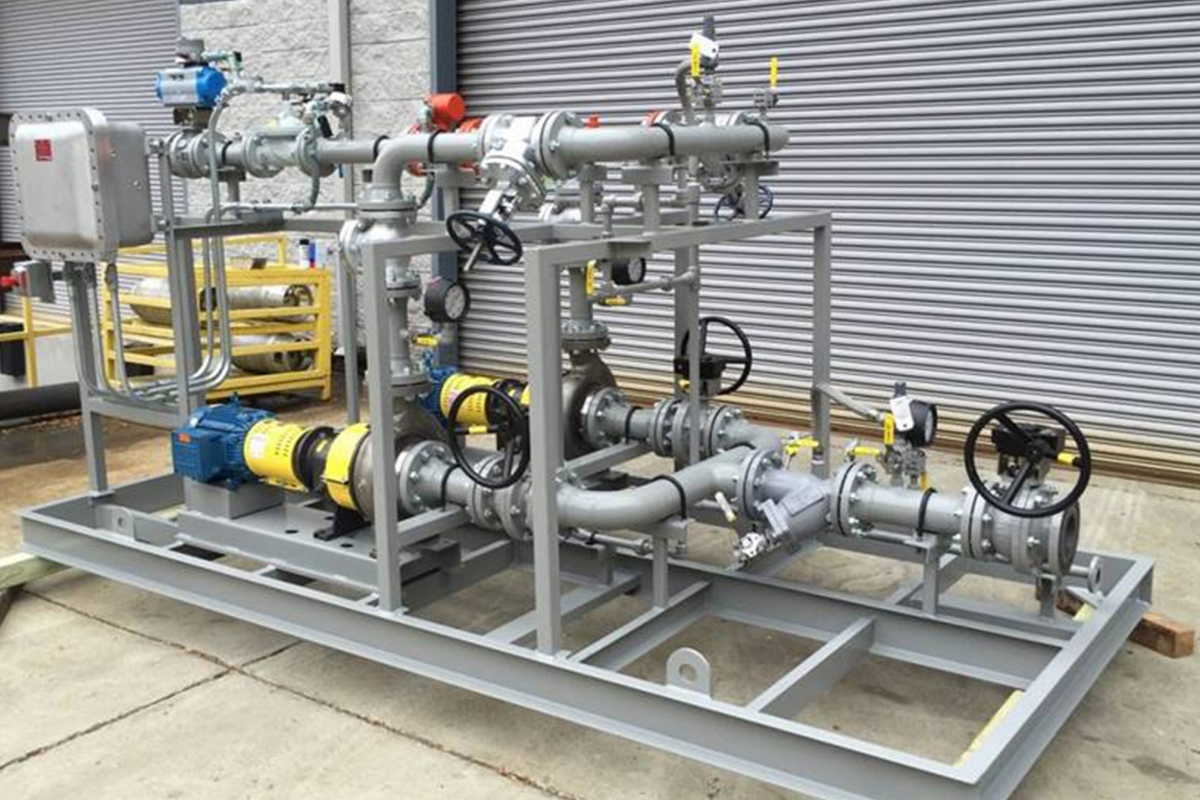An integrated metering system measures the quantity of gas or liquid sold during custody transfer. Depending on customer specifications and on the selected technology, the measured variable can be mass flow rate or volumetric flow rate of a product. A flow computer provides a traceable record of quantities sold, operational events, and alarms. Additionally, it monitors process conditions and fluid properties and calculates quantities under reference conditions for invoicing. Analyzers may be used to confirm composition or product quality.
SYSTEM DESIGN
System design is based on industry, regulatory standards and the type of fluid to be measured. The main goal is to ensure precise, sustained performance over the lifecycle of the system. Overall measurement uncertainty is affected by all system components, ongoing operations and maintenance events. Verification of a metering system can be achieved through regular comparisons of the quantity measured against a field prover, master meter or scheduled calibration of the meter at a flow laboratory.
INSTRUMENTATION
Flowmeter is main measurement device to detect continuous volumetric or mass flow rate of the fluid. Many metering technologies are available. Meter selection is based on accuracy, repeatability, process conditions and fluid properties. Pressure, temperature and density devices, and sometimes analyzers, provide fluid data to convert quantities at operating conditions to net quantities at a reference conditions. A metering system may also include control valve, filter, air eliminator, printer, etc.
DATA MANAGEMENT
The flow computer is the brains of the metering system. Using inputs from measurement devices, it calculates the net amount of fluid transferred according to a variety of industry-standard calculation algorithms. The flow computer also is used as a data storage transmission hub. It supports multiple meters or a verification system like prover, master meter. Some flow computers can support connection directly to print reports.
- (+90) 262 324 25 24
- info@atrchem.com
- Türkçe | English

